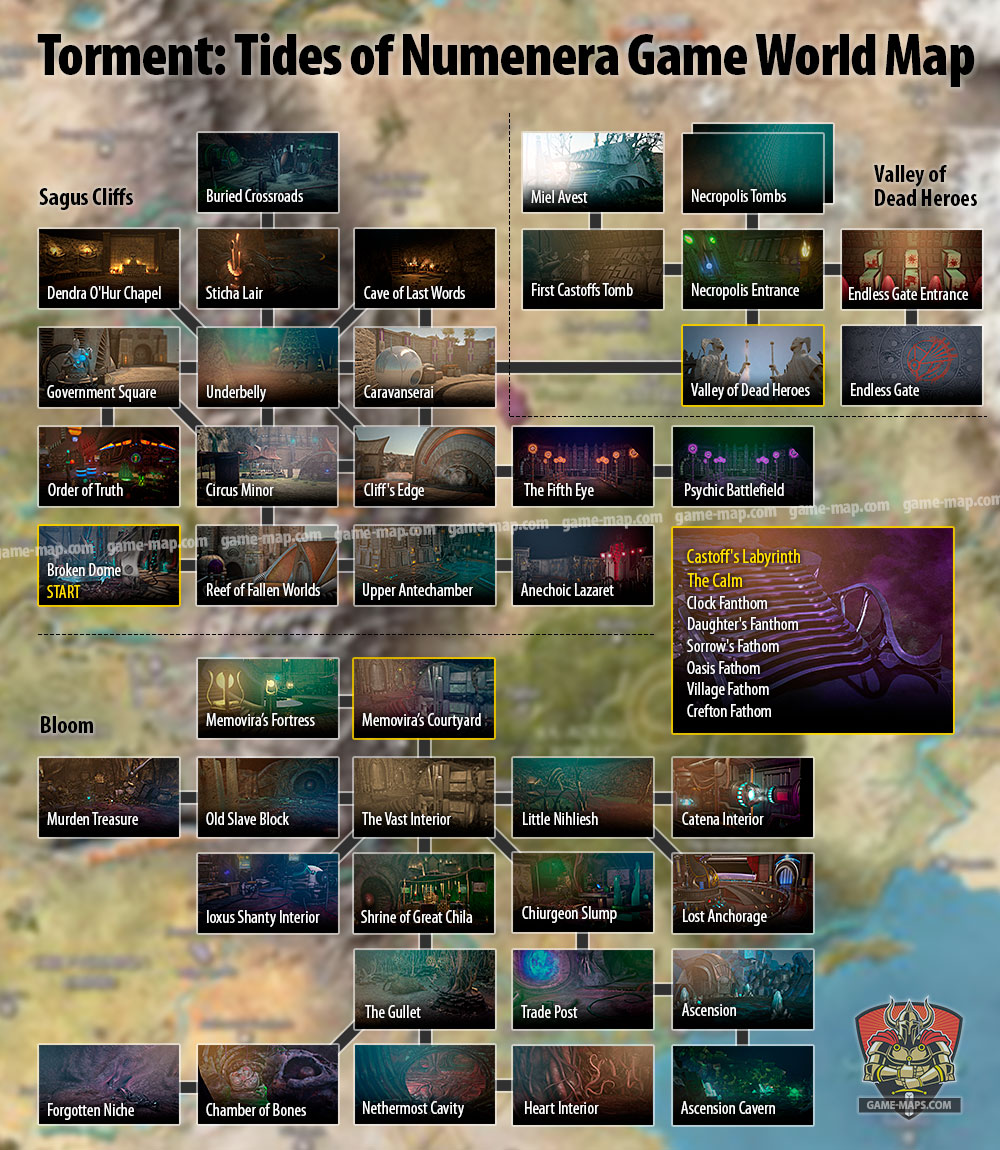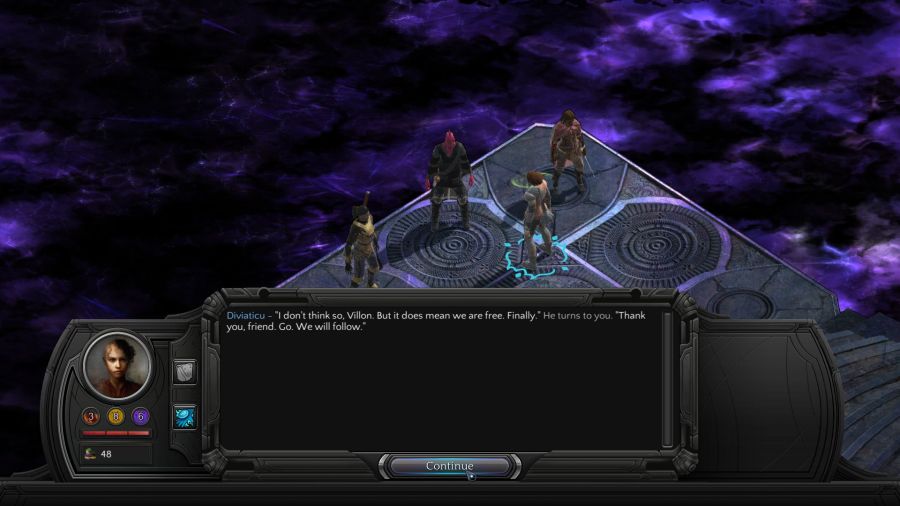

Now to be fair Tides of Numenera can be mostly played without encountering combat, so maybe it wasn’t the focus of the game, and that is completely fine.

You pick a class at the start of the game along with some basic perks to help you better roleplay the type of character you want the castoff to be. My character was sort of a technomancer type character and the blue tide was my best friend throughout my playthrough. Tides correspond to the type of combat you would like to play by affecting skills. The tides I mentioned earlier also affect combat. Unfortunately, the combat of the game left a lot to be desired. It seems like Torment: Tides of Numenera was made for long sessions of dialogue and lore, and that should be made pointed for those who are more itching for some old-school rpg action. Tides add a cool element of strategy and roleplaying into a game that is already filled to the brim with dialogue options and conversations.

My character, for example, could read minds and was predominantly using dialogue options based on blue tides. You gain points with these tides as you respond with certain dialogue options, and these points further improve your ability with dialogue options with each of the tides. There are blue tides which focus on knowledge, gold tides which focus on charity and heroics, and red tides which focus on impulsiveness and action. Tides are a sort of morality system, but it’s more nuanced than games that try something similar. Almost every situation can be solved by a dialogue option that corresponds with a different “Tide”. Tides of Numenera is a game that wants you to vicariously live and roleplay as the character you want, giving you a plethora of dialogue options and ways to handle situations. However, that to me is more of a strength because the writing and world building is very intriguing and sure to peak your curiosity as you play. Speaking of heavy lore, this game is dense on dialogue and exposition. All the cool menagerie of visual elements with a game that is incredibly lore heavy makes the setting of Numenera something I wanted to dive into wholeheartedly. Some of the party members you encounter don’t have as much depth as others, but some of them are fascinating characters who really do the Planescape: Torment legacy justice. You also meet characters that can be added to your party. You meet many quirky NPCs, each with some sort of story and background that fits in interestingly with the lore of the world. The characters you meet along your journey are just as colorful and weird as the world you explore. This would make the setting cool just by itself, but there are also Lovecraftian elements among all the sci-fi and fantasy weirdness. However, because of the amount of leftover technology from past civilizations, you will see many sci-fi influenced elements (though these pieces of advanced technology are treated as magical artifacts by the superstitious people). Because of this, the world functions and flows very similarly to the many fantasy rpgs on the market. Numenera is Earth in the distant future, after the rise and fall of many civilizations the general population of the Earth have regressed into a state very reminiscent of the middle ages. I want to speak about the setting of Numenera, which was the biggest highlight of the game for me. After a Meyers-Briggs personality test type of an rpg tutorial, you are sent out into the world of Numenera. The basic premise of Tides of Numenera is that you are the Last Castoff, the most recent discarded vessel of a god-like entity. I use the word interesting because while Torment: Tides of Numenera succeeds in certain aspects, it falls short very in other very noticeable aspects. What I have played turned out to be one of the most interesting RPG experiences I’ve had the joy of playing through. I have never played Planescape: Tormen t so I came in neutral expectations. Torment: Tides of Numenera is the spiritual successor to Planescape: Torment, one of the most beloved 90s RPGs and a cult classic in its own right.


 0 kommentar(er)
0 kommentar(er)
